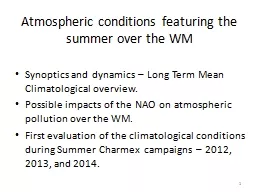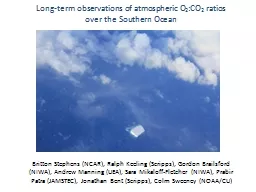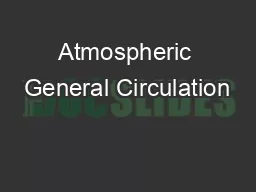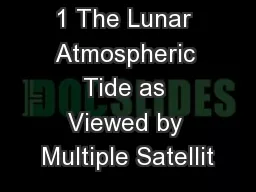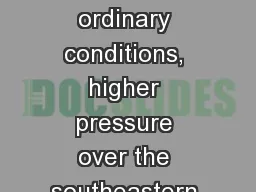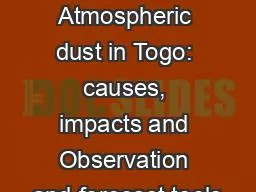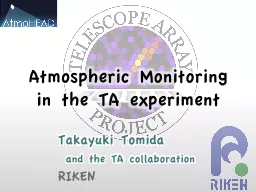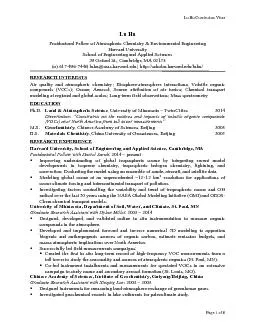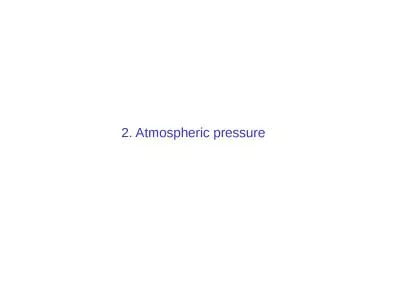PPT-Atmospheric conditions featuring the summer over the WM
Author : trish-goza | Published Date : 2016-07-22
Synoptics and dynamics Long Term Mean Climatological overview Possible impacts of the NAO on atmospheric pollution over the WM First evaluation of the climatological
Presentation Embed Code
Download Presentation
Download Presentation The PPT/PDF document "Atmospheric conditions featuring the sum..." is the property of its rightful owner. Permission is granted to download and print the materials on this website for personal, non-commercial use only, and to display it on your personal computer provided you do not modify the materials and that you retain all copyright notices contained in the materials. By downloading content from our website, you accept the terms of this agreement.
Atmospheric conditions featuring the summer over the WM: Transcript
Download Rules Of Document
"Atmospheric conditions featuring the summer over the WM"The content belongs to its owner. You may download and print it for personal use, without modification, and keep all copyright notices. By downloading, you agree to these terms.
Related Documents

